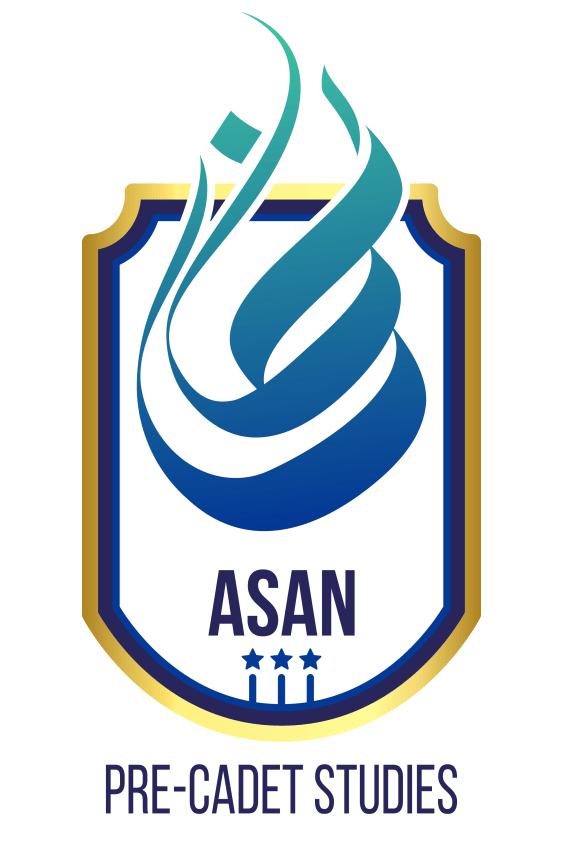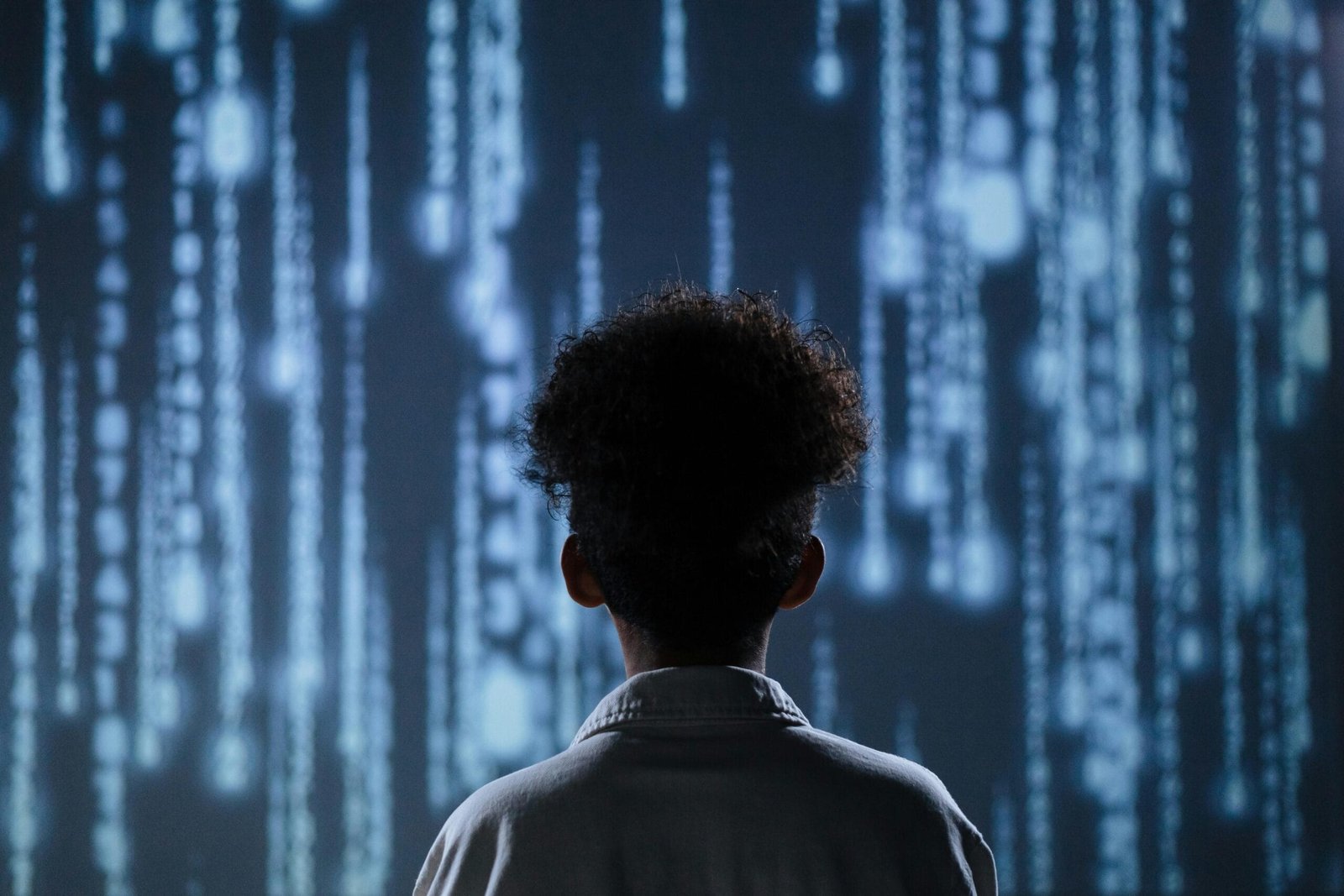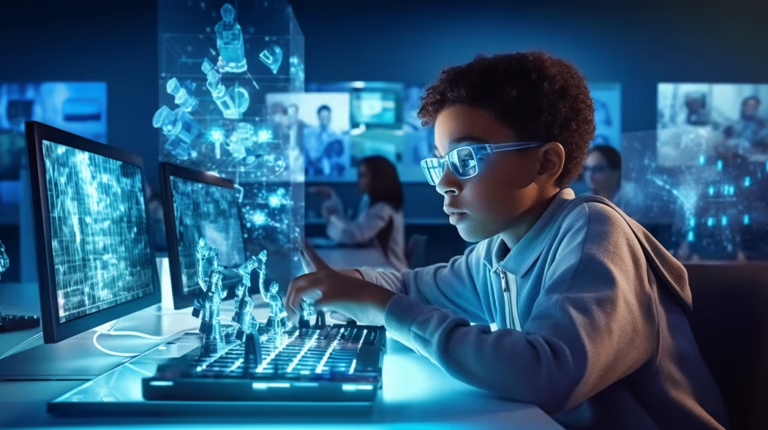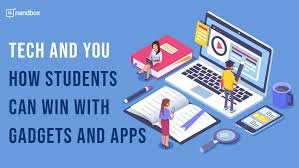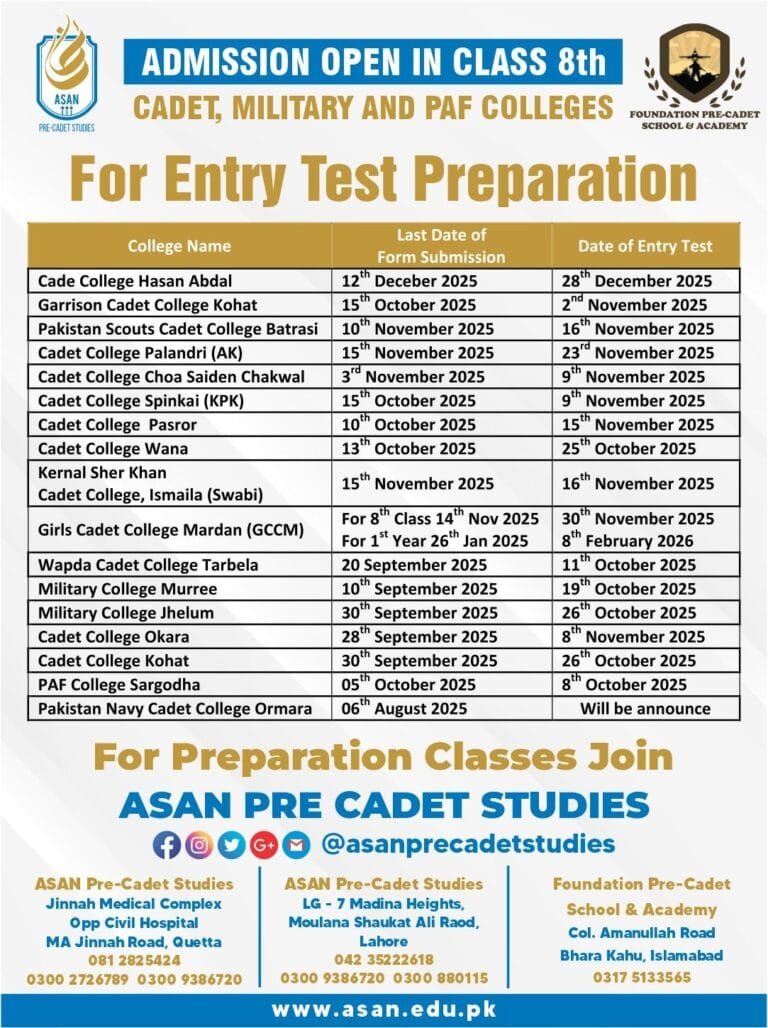“Rethinking the Classroom: How Modern Tech is Shaping Education”
The world of education is undergoing a transformation. With rapid advancements in technology, traditional classrooms are evolving into dynamic, interactive, and personalized learning environments. Modern tech is reshaping how students learn, interact with their peers, and engage with their teachers. From digital tools to virtual classrooms, the integration of technology in education is not only improving accessibility but also revolutionizing the teaching and learning experience.
The Rise of EdTech: A Game-Changer for Education
EdTech (Educational Technology) is revolutionizing the classroom by offering innovative solutions that enhance both teaching and learning processes. Platforms like Google Classroom, Zoom, and Microsoft Teams are allowing teachers to create more engaging lessons, facilitate online collaboration, and provide instant feedback to students. Whether in-person or remote, these tools help bridge the gap between students and educators, ensuring that learning never stops, regardless of location.
Personalized Learning Through Technology
One of the most significant benefits of modern tech in education is the ability to personalize learning experiences. Adaptive learning platforms, powered by artificial intelligence (AI), analyze students’ progress and provide tailored resources and exercises based on their individual needs. This personalized approach ensures that each student moves at their own pace, improving engagement and retention while ensuring no one is left behind.
Interactive Tools That Foster Collaboration
In traditional classrooms, group work and collaboration often relied on face-to-face interactions. With the rise of collaborative technologies, students can now work together in real time, regardless of their physical location. Tools like Google Docs, Padlet, and Miro enable students to share ideas, create joint projects, and collaborate effectively, fostering teamwork skills that are essential in today’s digital world.
Virtual Reality (VR) and Augmented Reality (AR): Immersive Learning
Virtual Reality (VR) and Augmented Reality (AR) are taking immersive learning to the next level. Imagine students exploring ancient civilizations through VR headsets or dissecting virtual animals using AR. These technologies make abstract concepts more tangible and provide students with unique, hands-on experiences that go beyond traditional textbooks. With these immersive tools, education is becoming more engaging and impactful, allowing students to explore and learn in ways that were previously unimaginable.
Technology Promotes Accessibility
Another significant advantage of modern technology in education is its ability to promote accessibility for all students. With digital learning platforms, students with disabilities can access resources and learning tools that cater to their needs. Features like text-to-speech, speech-to-text, closed captions, and adjustable font sizes are just a few examples of how tech is breaking down barriers, making education more inclusive for everyone.
The Future of Education: Blended Learning Models
